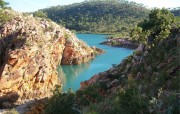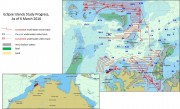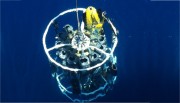Articles
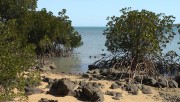
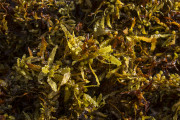
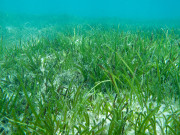

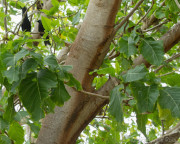
Pisonia; or Birdlime Tree (due to the fact that at times nesting birds become covered with the sticky fruits).
On coral cays, pisonia forests are tolerant of temporary saltwater and freshwater inundations and can tolerate full water lenses and waterlogged conditions better than other woody competitors. Pisonia are, however, prone to shed branches during storms; the fallen trees and/or branches sprout and revegetate the damaged forest areas. Pisonia wood is rather weak and soft and decays rapidly after the trees fall.
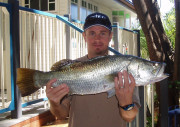
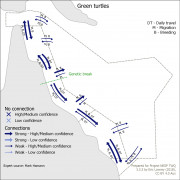
The Great Barrier Reef (GBR) was listed as a World Heritage Area because of its Outstanding Universal Values. This website highlights the connectivity of these world heritage values between the Great Barrier Reef with the surrounding regions: the Coral Sea, Torres Strait and Hervey bay. Understanding this connectivity highlights the importance of co-management between these neighbouring regions where connectivity is strong.

Interactive map displays stereo-video imagery collected for the Barossa Environmental Baseline Study 2015, Western Australia. Click on the map below (i.e. the blue dots) to view short videos of the fish and benthos collected at each site. Two cameras were used to obtain accurate length measurements of the fish.
Environment Australia is tasked with managing the networks of Commonwealth Marine Reserves (CMRs). This is particularly challenging for the CMRs in the remote and poorly known N and NW regions, such as the Oceanic Shoals.
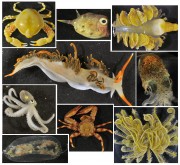
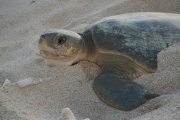
Flatback sea turtles (Natator depressus) are endemic to northern Australia and one of only two sea turtle species that are not distributed globally (7 species in total). Nesting occurs only on tropical Australian beaches, many in NW Australia’s remote Kimberley region. Under threat from coastal development, predation from feral animals and climate change, flatbacks are listed as a vulnerable species under the WA Biodiversity Conservation Act 2016 and the Commonwealth Environment Protection and Biodiversity Conservation Act 1999 and data deficient by the International Union for Conservation of Nature.

